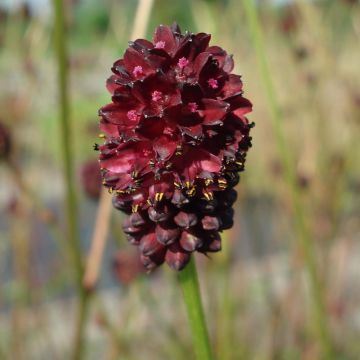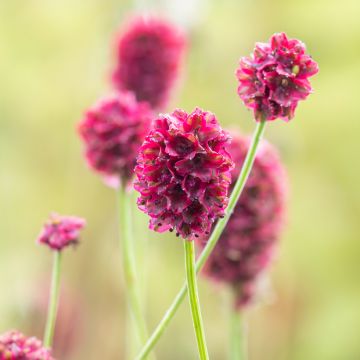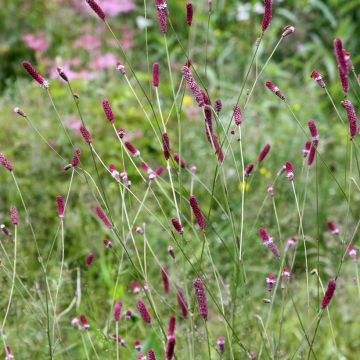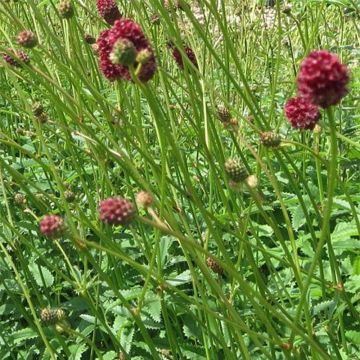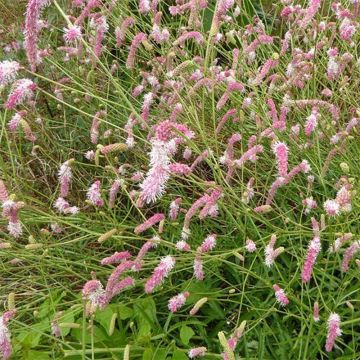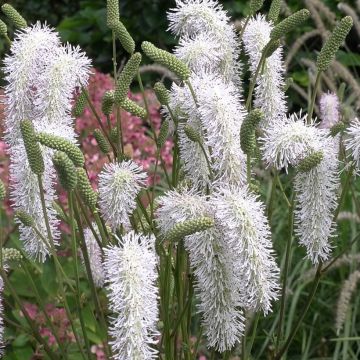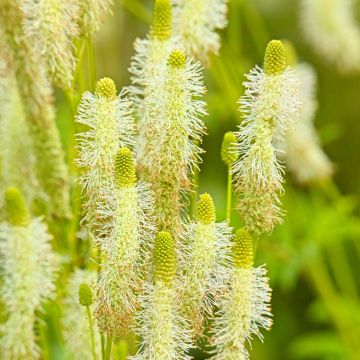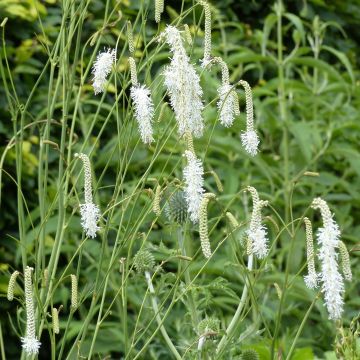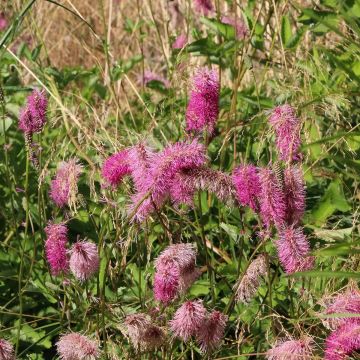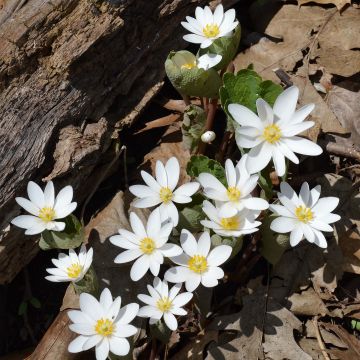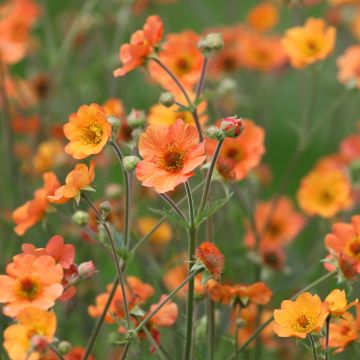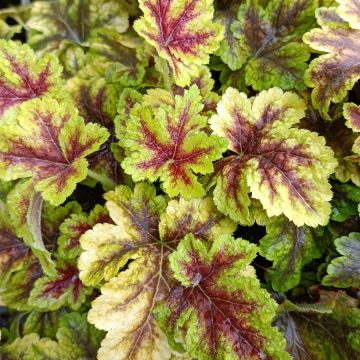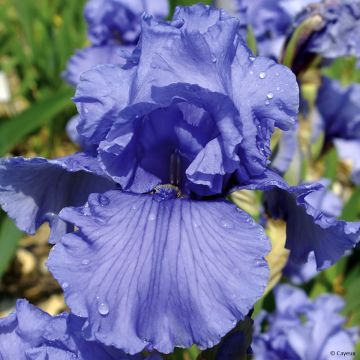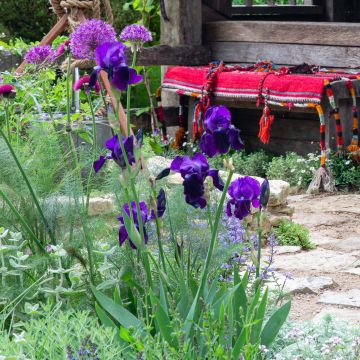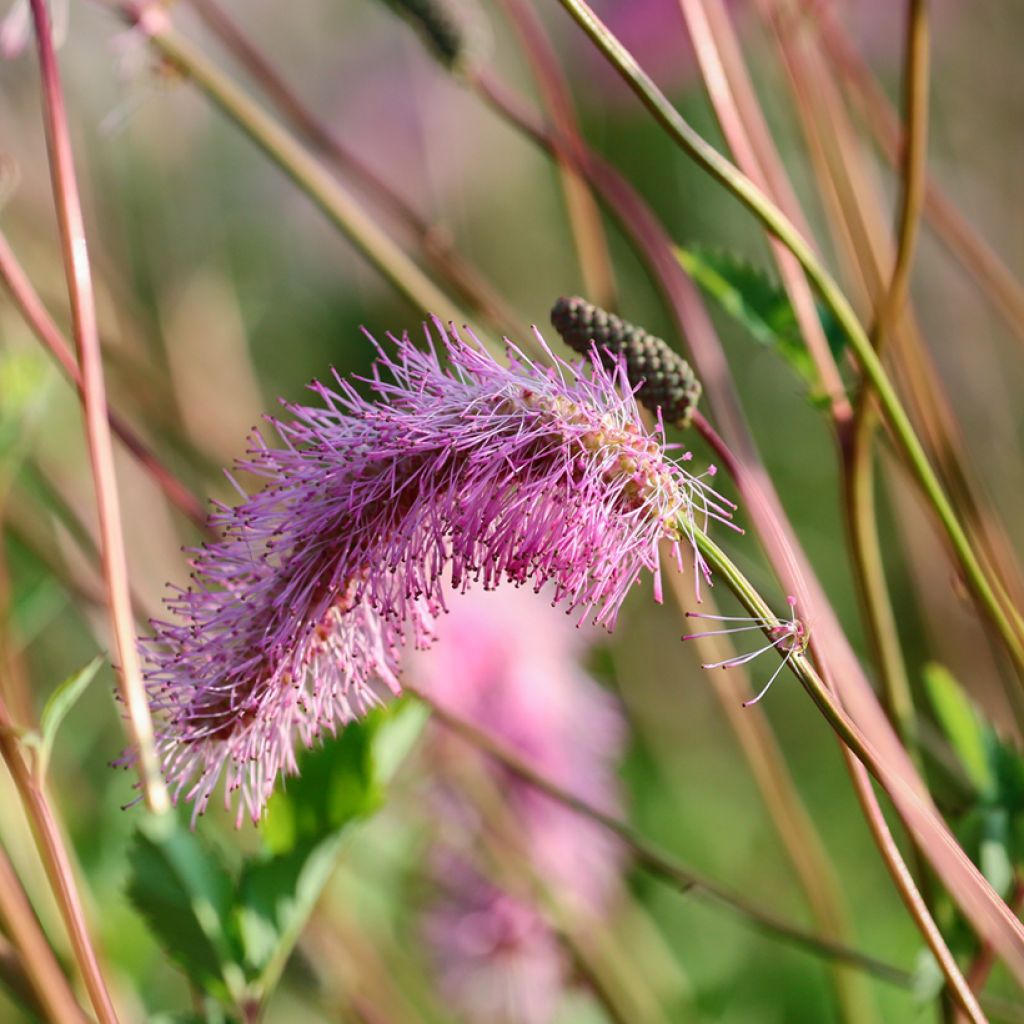

Sanguisorba obtusa
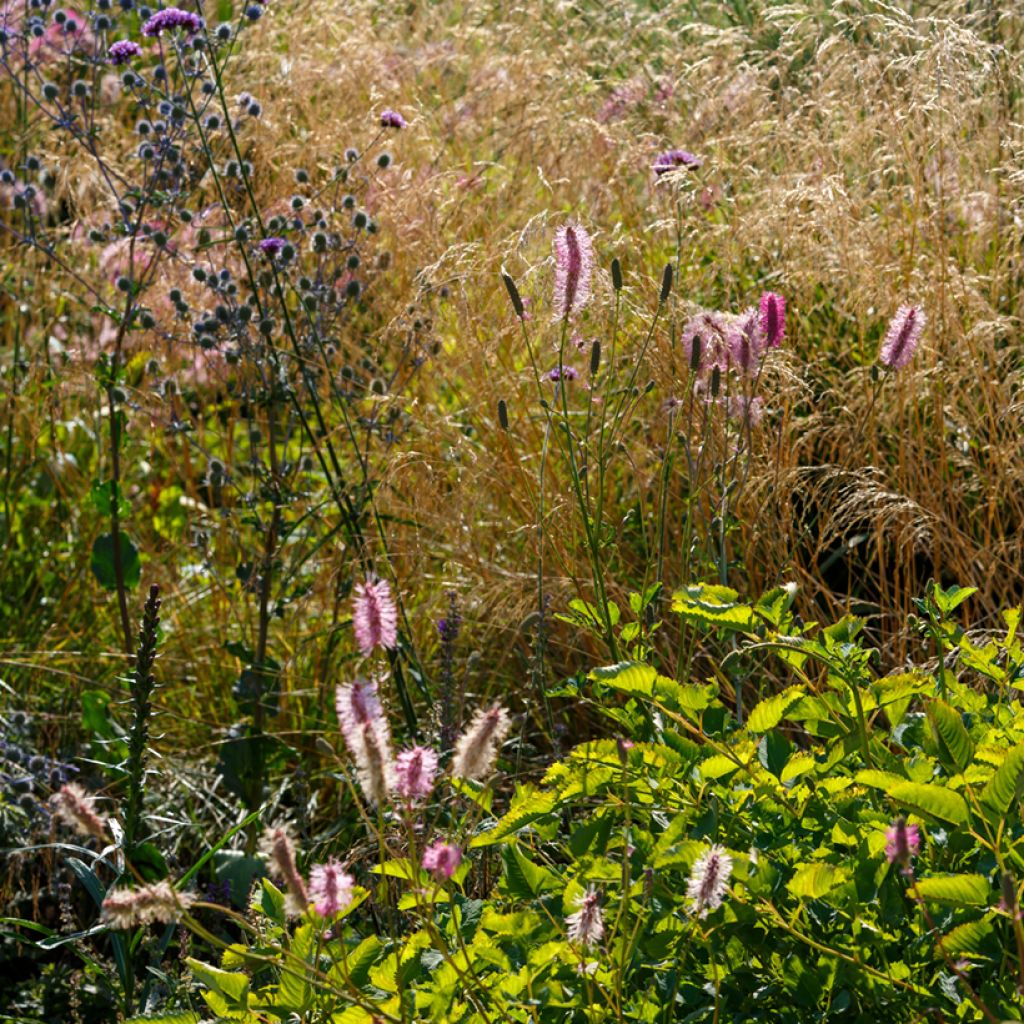

Sanguisorba obtusa
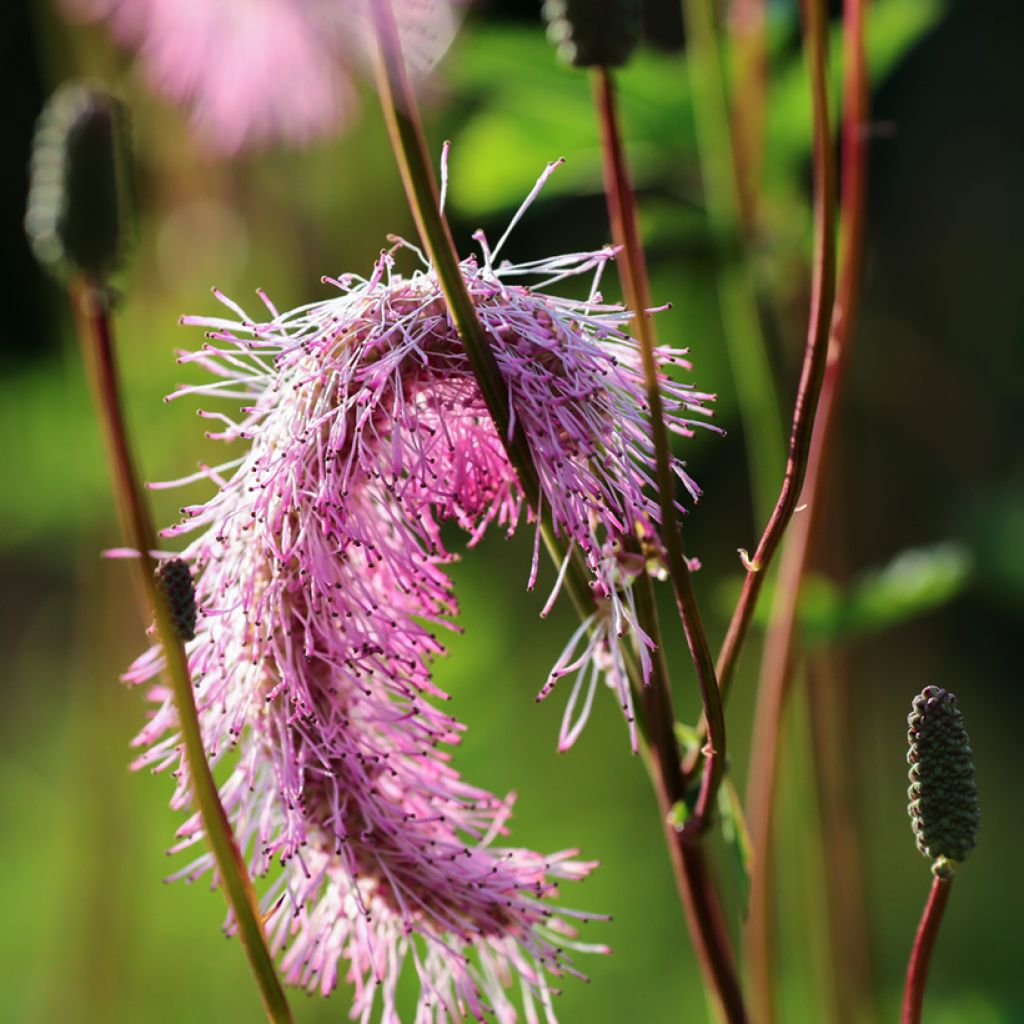

Sanguisorba obtusa
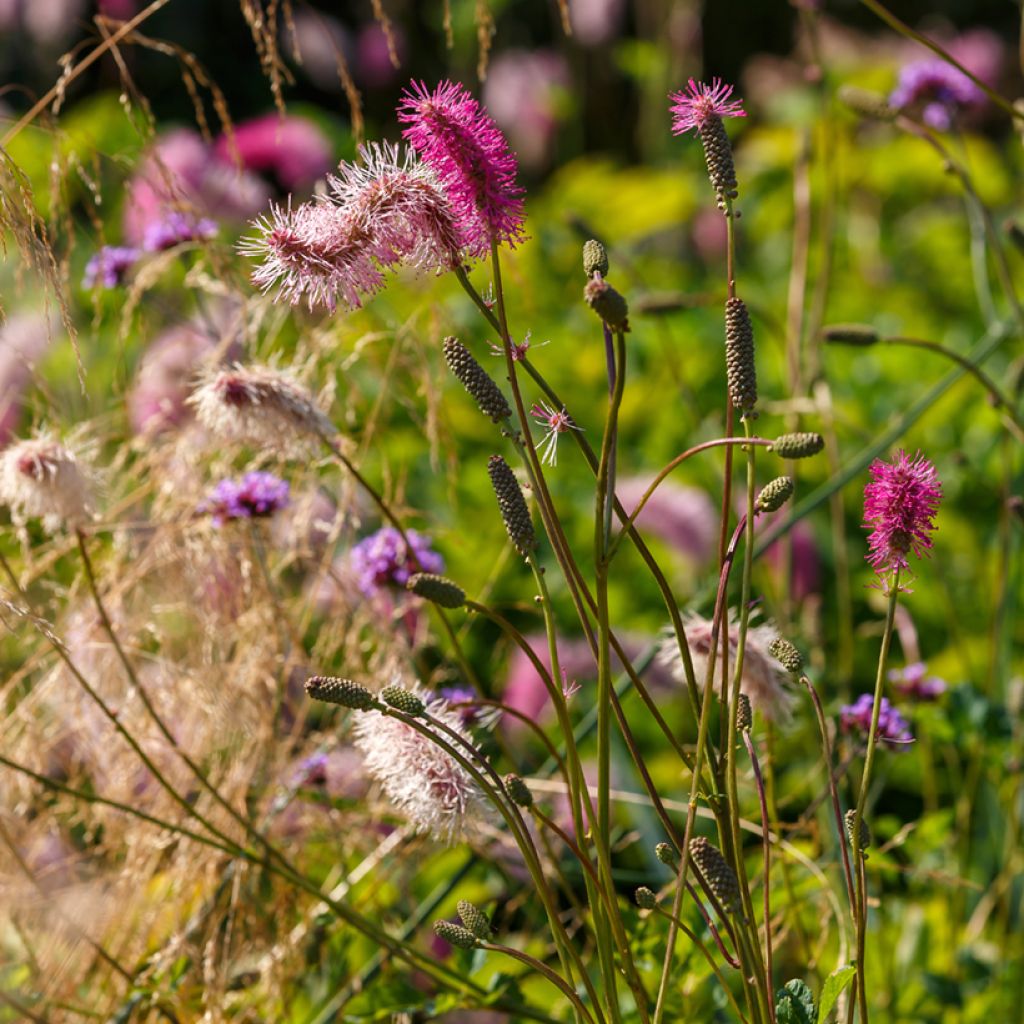

Sanguisorba obtusa
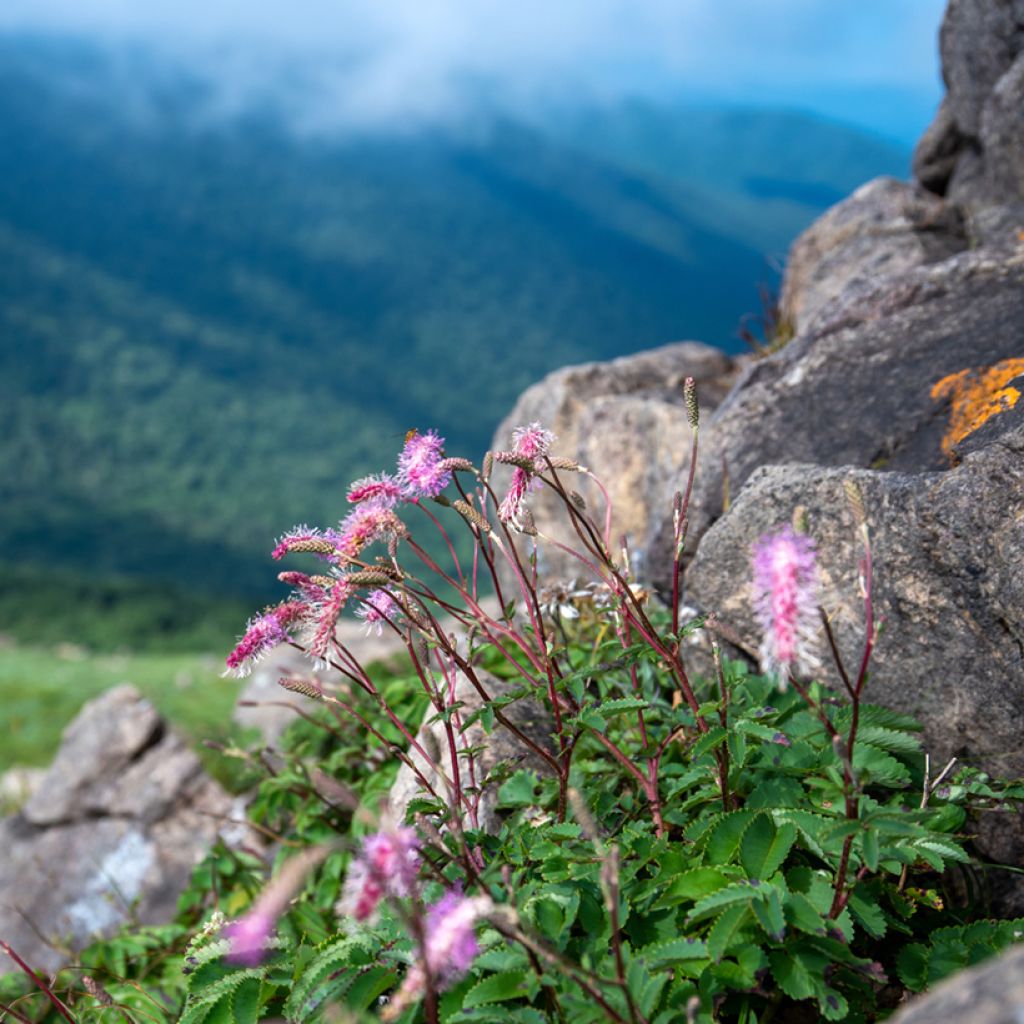

Sanguisorba obtusa
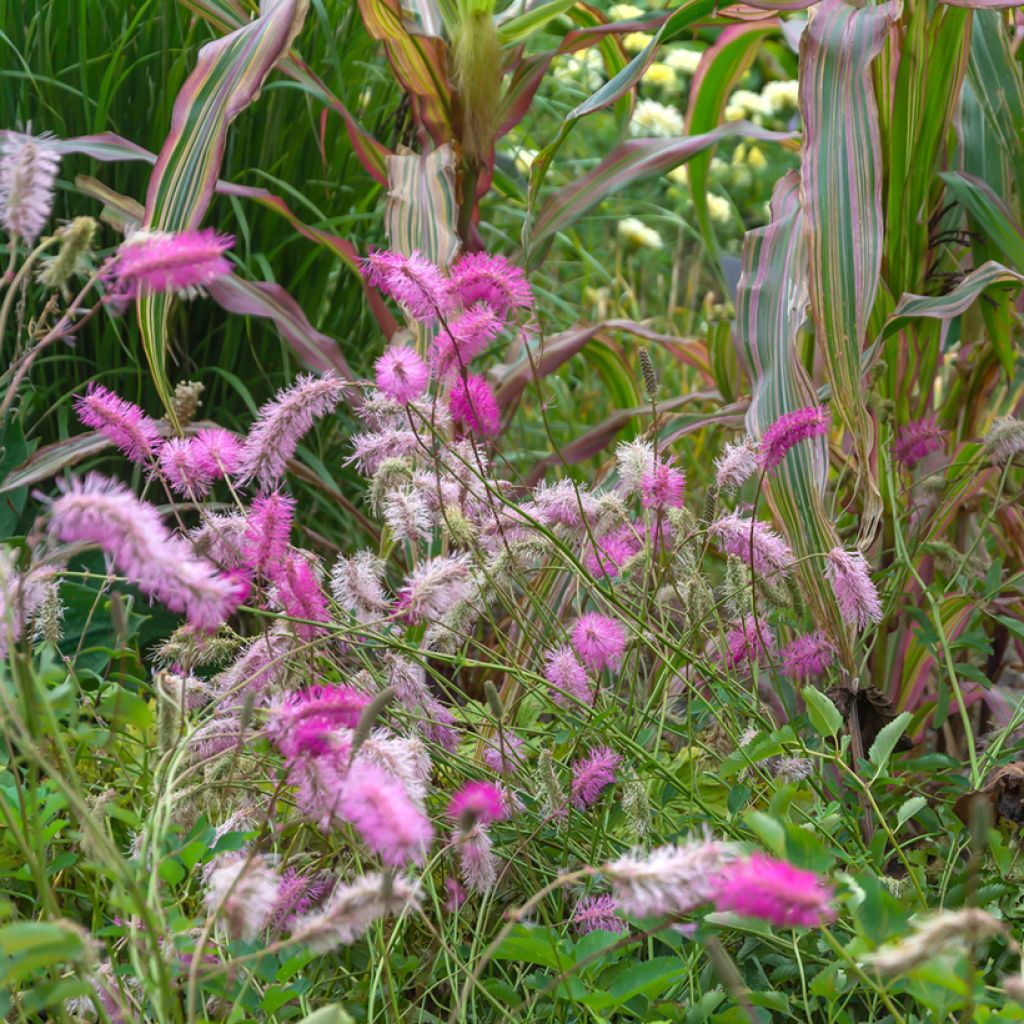

Sanguisorba obtusa
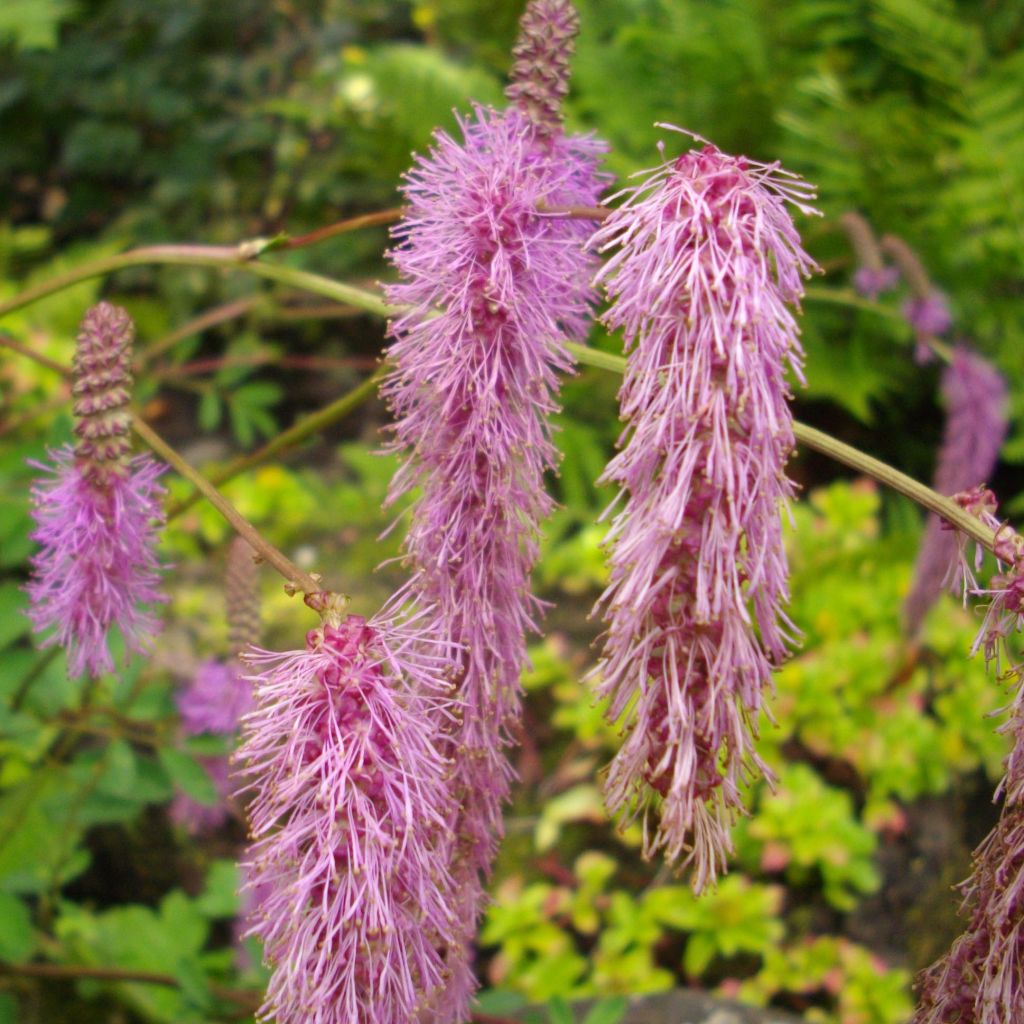

Sanguisorba obtusa
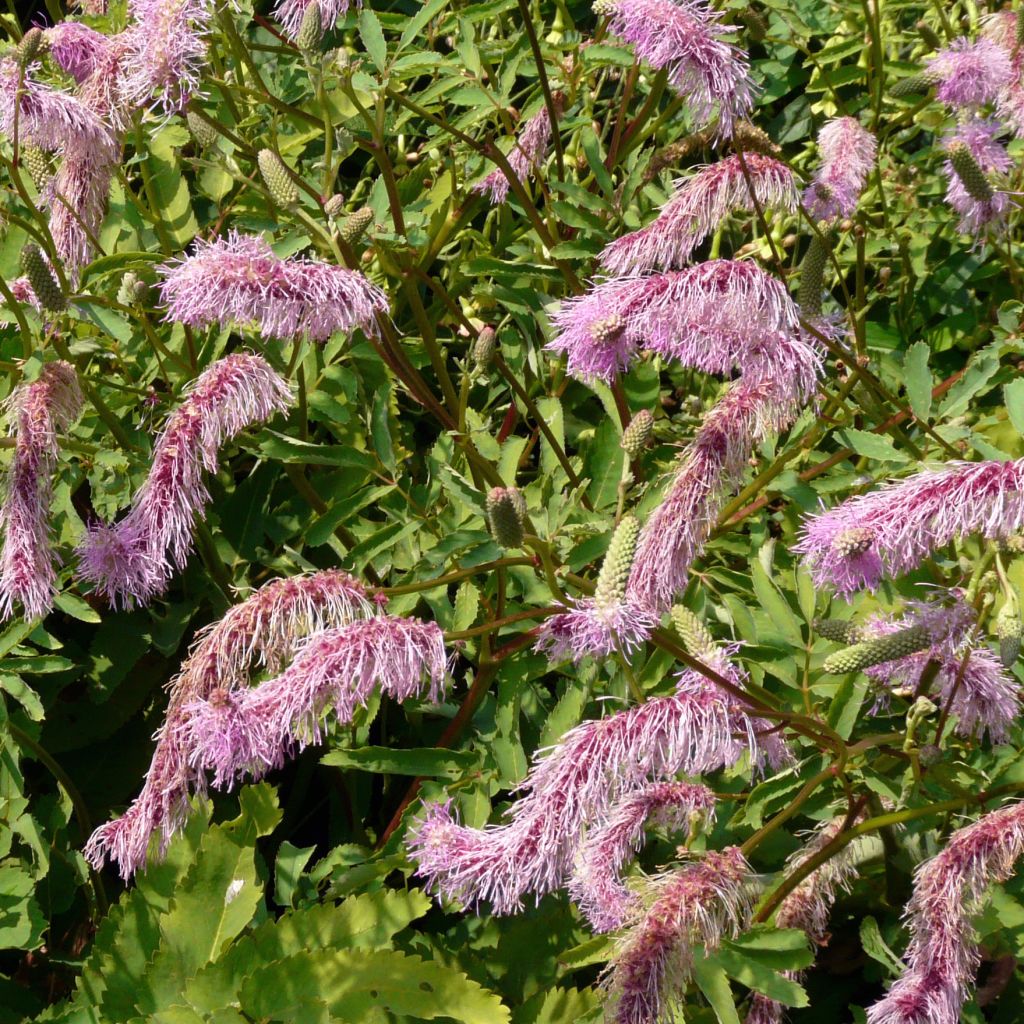

Sanguisorba obtusa
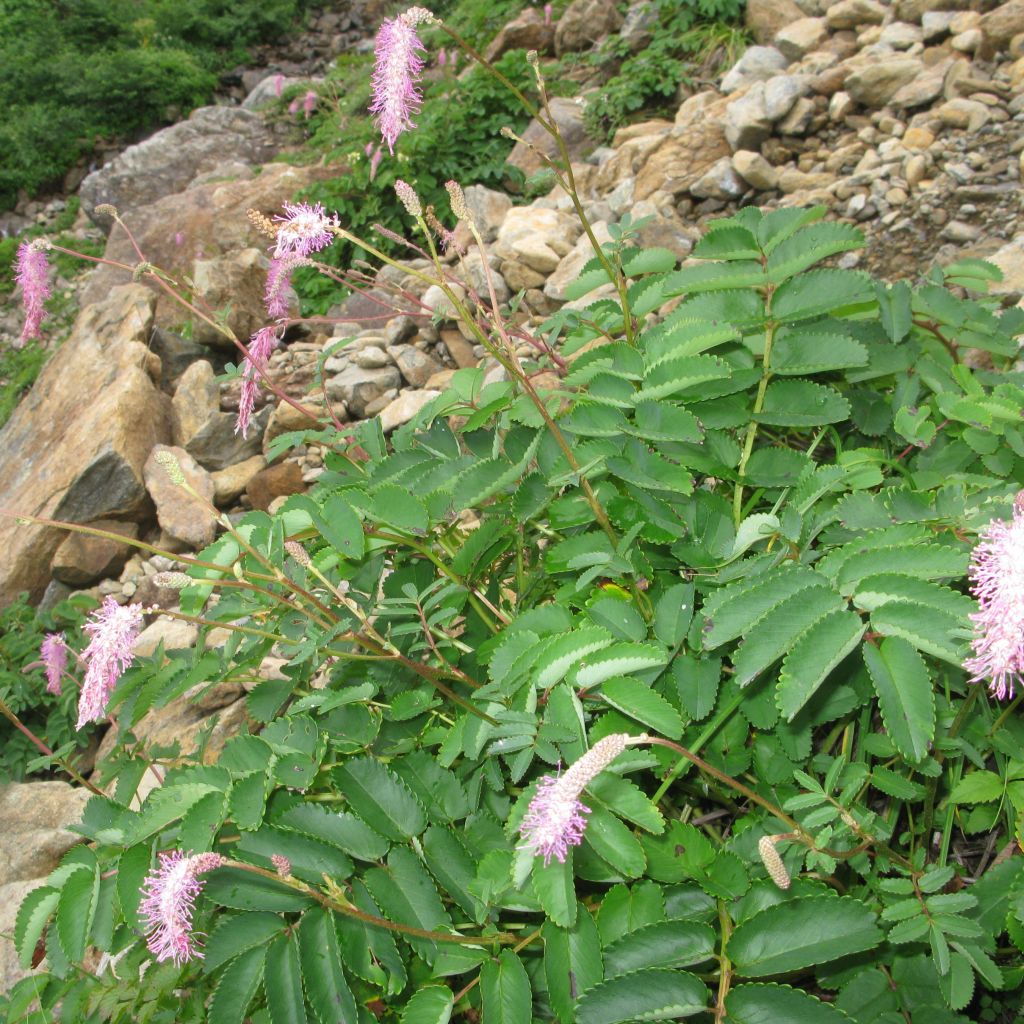

Sanguisorba obtusa
Sanguisorba obtusa
Sanguisorba obtusa
Japanese Burnet
This item cannot be shipped to the selected country
Delivery charge from €5.90
More information
Schedule delivery date,
and select date in basket
This plant carries a 12 months recovery warranty
More information
We guarantee the quality of our plants for a full growing cycle, and will replace at our expense any plant that fails to recover under normal climatic and planting conditions.
From €5.90 for pickup delivery and €6.90 for home delivery
Express home delivery from €8.90.
Does this plant fit my garden?
Set up your Plantfit profile →
Description
Sanguisorba obtusa is a Japanese burnet, as pleasing to the eye as it is to the touch. It is a graceful perennial plant with pinnate, cut, silver-blue green foliage, which displays a fluffy flowering in the shape of soft pink spikes from the month of July, lasting for a long period. Very hardy, it appreciates fresh and light soils, without limestone, and a sunny to semi-shaded exposure.
Sanguisorba obtusa is a rhizomatous perennial belonging to the vast Rosaceae family. It is native to Japan, where it naturally grows in open spaces, on the edge of undergrowth on fresh and slightly acidic soil. It is an herbaceous and rhizomatous perennial plant, growing in clumps, reaching a height of 50 cm (20in) and a diameter of 40 cm (16in). Flowers are formed by four-petaled pink flowers, grouped in 3 to 7 cm (1 to 3in) long spikes, gracefully arched. Flowering takes place from July to September. Only the lower half of the spike has bisexual flowers. The leaves are deciduous, odd-pinnate, alternate, composed of petiolate and dentate leaflets. The foliage colour is a very soft silver-blue green. Its somewhat exotic appearance evokes ferns or a smaller version of Melianthus major.
Clumps: botanical term referring to a rounded and dry clod (30 to 40 cm (12 to 16in) in height), resulting from the annual growth of a perennial plant on its old roots and decomposing dead leaves, slowed down by the acidity of the environment.
Japanese burnet is ideal for fresh rock gardens and sunny borders. It also grows well in pots. The flowers can be used in bouquets. Plant them in fresh undergrowth, in groups of 5 or 6 plants, and to create a very natural garden, plant along with bleeding hearts, liverworts, foamflowers, hellebores, female ferns, and musk parsley. Its foliage will be enhanced by spring bulbs that naturalize well, such as multiflora tulips, small-flowered narcissus, or Fritillaria meleagris.
Etymology of Sanguisorba: comes from the Latin word sanguis, which means blood, and sorbere, which means to absorb. The plant is directly related to the hemostatic properties (which stop bleeding) of the roots, which are used in herbal medicine.
Report an error about the product description
Sanguisorba obtusa in pictures
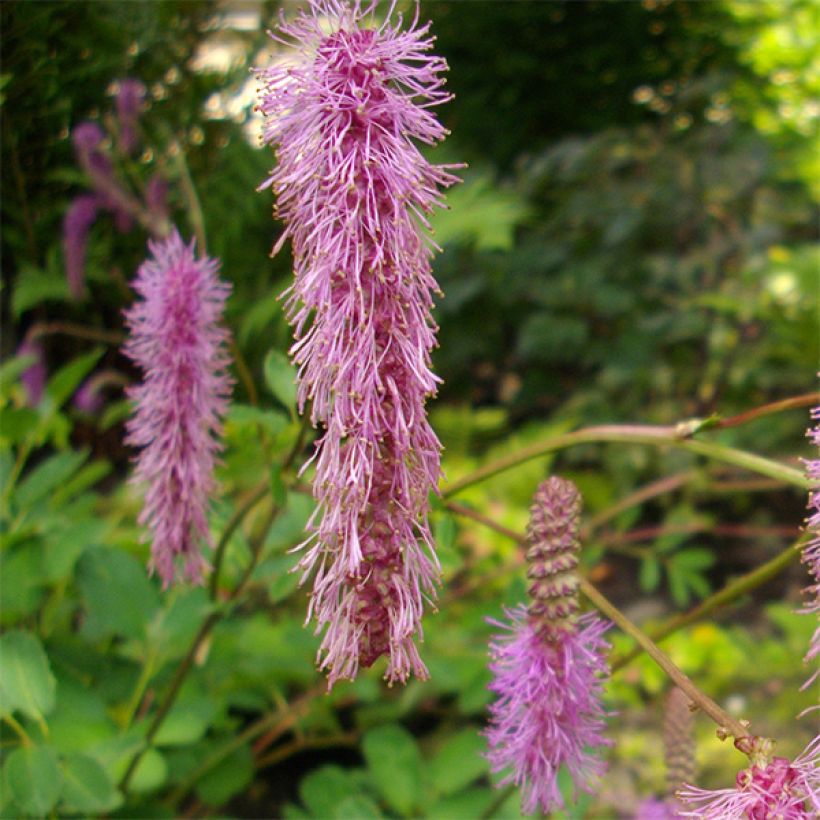

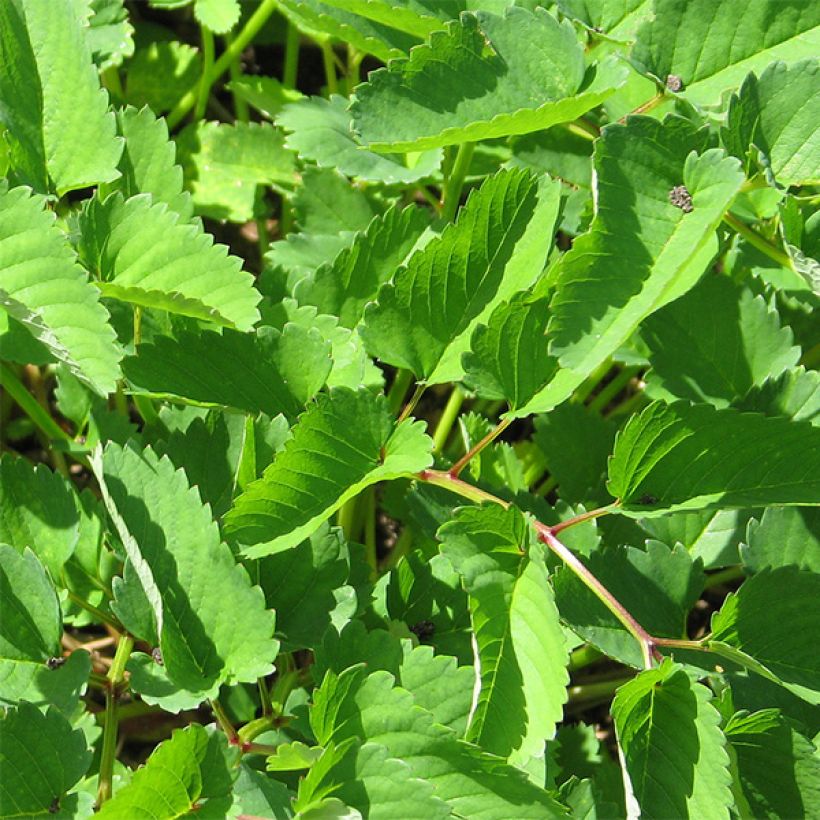

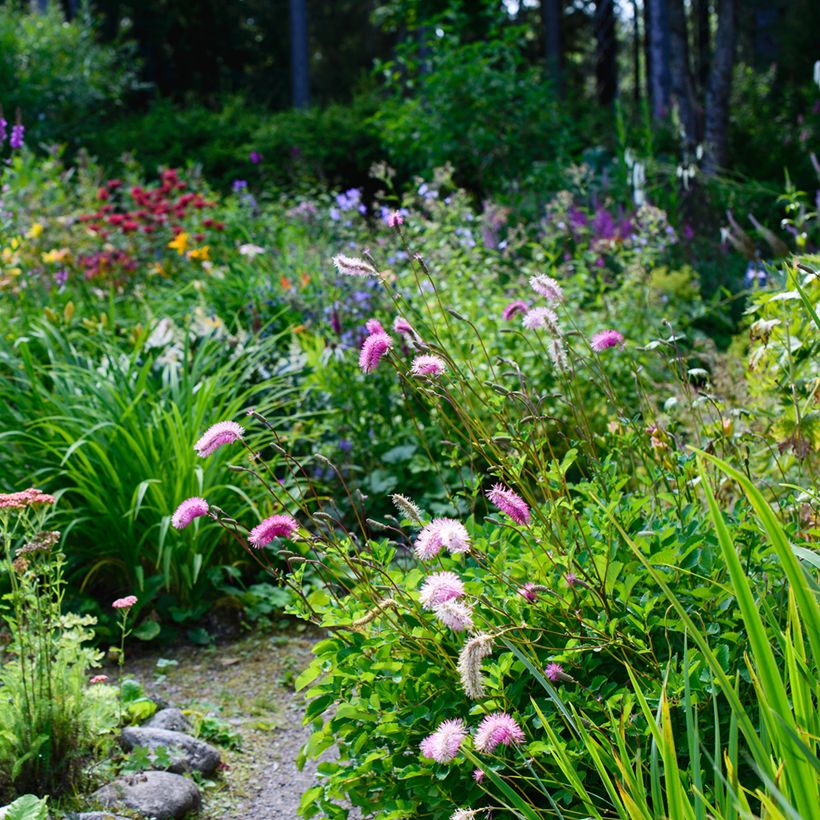

Flowering
Foliage
Plant habit
Botanical data
Sanguisorba
obtusa
Rosaceae
Japanese Burnet
Southeast Asia
Other Sanguisorba
Planting and care
Planting period
Intended location
Care
-
, onOrder confirmed
Reply from on Promesse de fleurs
Spring flowering perennials
Haven't found what you were looking for?
Hardiness is the lowest winter temperature a plant can endure without suffering serious damage or even dying. However, hardiness is affected by location (a sheltered area, such as a patio), protection (winter cover) and soil type (hardiness is improved by well-drained soil).

Photo Sharing Terms & Conditions
In order to encourage gardeners to interact and share their experiences, Promesse de fleurs offers various media enabling content to be uploaded onto its Site - in particular via the ‘Photo sharing’ module.
The User agrees to refrain from:
- Posting any content that is illegal, prejudicial, insulting, racist, inciteful to hatred, revisionist, contrary to public decency, that infringes on privacy or on the privacy rights of third parties, in particular the publicity rights of persons and goods, intellectual property rights, or the right to privacy.
- Submitting content on behalf of a third party;
- Impersonate the identity of a third party and/or publish any personal information about a third party;
In general, the User undertakes to refrain from any unethical behaviour.
All Content (in particular text, comments, files, images, photos, videos, creative works, etc.), which may be subject to property or intellectual property rights, image or other private rights, shall remain the property of the User, subject to the limited rights granted by the terms of the licence granted by Promesse de fleurs as stated below. Users are at liberty to publish or not to publish such Content on the Site, notably via the ‘Photo Sharing’ facility, and accept that this Content shall be made public and freely accessible, notably on the Internet.
Users further acknowledge, undertake to have ,and guarantee that they hold all necessary rights and permissions to publish such material on the Site, in particular with regard to the legislation in force pertaining to any privacy, property, intellectual property, image, or contractual rights, or rights of any other nature. By publishing such Content on the Site, Users acknowledge accepting full liability as publishers of the Content within the meaning of the law, and grant Promesse de fleurs, free of charge, an inclusive, worldwide licence for the said Content for the entire duration of its publication, including all reproduction, representation, up/downloading, displaying, performing, transmission, and storage rights.
Users also grant permission for their name to be linked to the Content and accept that this link may not always be made available.
By engaging in posting material, Users consent to their Content becoming automatically accessible on the Internet, in particular on other sites and/or blogs and/or web pages of the Promesse de fleurs site, including in particular social pages and the Promesse de fleurs catalogue.
Users may secure the removal of entrusted content free of charge by issuing a simple request via our contact form.
The flowering period indicated on our website applies to countries and regions located in USDA zone 8 (France, the United Kingdom, Ireland, the Netherlands, etc.)
It will vary according to where you live:
- In zones 9 to 10 (Italy, Spain, Greece, etc.), flowering will occur about 2 to 4 weeks earlier.
- In zones 6 to 7 (Germany, Poland, Slovenia, and lower mountainous regions), flowering will be delayed by 2 to 3 weeks.
- In zone 5 (Central Europe, Scandinavia), blooming will be delayed by 3 to 5 weeks.
In temperate climates, pruning of spring-flowering shrubs (forsythia, spireas, etc.) should be done just after flowering.
Pruning of summer-flowering shrubs (Indian Lilac, Perovskia, etc.) can be done in winter or spring.
In cold regions as well as with frost-sensitive plants, avoid pruning too early when severe frosts may still occur.
The planting period indicated on our website applies to countries and regions located in USDA zone 8 (France, United Kingdom, Ireland, Netherlands).
It will vary according to where you live:
- In Mediterranean zones (Marseille, Madrid, Milan, etc.), autumn and winter are the best planting periods.
- In continental zones (Strasbourg, Munich, Vienna, etc.), delay planting by 2 to 3 weeks in spring and bring it forward by 2 to 4 weeks in autumn.
- In mountainous regions (the Alps, Pyrenees, Carpathians, etc.), it is best to plant in late spring (May-June) or late summer (August-September).
The harvesting period indicated on our website applies to countries and regions in USDA zone 8 (France, England, Ireland, the Netherlands).
In colder areas (Scandinavia, Poland, Austria...) fruit and vegetable harvests are likely to be delayed by 3-4 weeks.
In warmer areas (Italy, Spain, Greece, etc.), harvesting will probably take place earlier, depending on weather conditions.
The sowing periods indicated on our website apply to countries and regions within USDA Zone 8 (France, UK, Ireland, Netherlands).
In colder areas (Scandinavia, Poland, Austria...), delay any outdoor sowing by 3-4 weeks, or sow under glass.
In warmer climes (Italy, Spain, Greece, etc.), bring outdoor sowing forward by a few weeks.

































